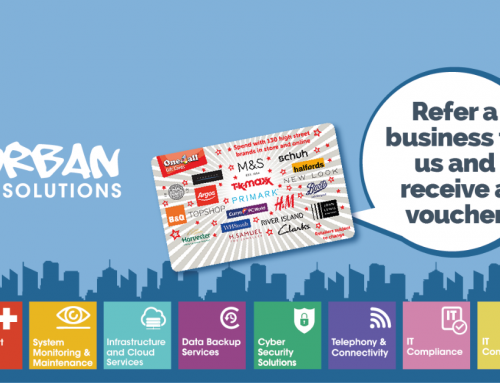Cloud-based software is more common than ever before.
We see the advantages that our customers enjoy with this approach each and every time we manage their successful migration from traditional ways of working to the cloud.
There are still, however, several valid reasons why businesses might choose a traditional on-premise system which, I don’t need to remind anyone, until recently, was the norm. Indeed, my own Managed IT Support Services business is built upon a model that combines both cloud-based and on-premise software.
My decisions for which way to go are always influenced by four key pointers:
These four pointers – along with years of experience – allow my team to have focussed conversations with our customers and make sure we choose the way forward that suits their business. It’s also important to consider the type of software that will become part of your IT infrastructure. Commercial Off-The-Shelf Software (COTS Software) is software that you purchase accepting all its features whether you choose to use them or not. A typical example would be Microsoft Office products where customisation isn’t a factor. This kind of software is probably the most popular cloud offering across the globe and opens up freedom of use where an on-premise license can restrict. Regardless of its popularity, I would still urge you to do the numbers in terms of investment to make sure it’s the right route for you.
Configurable software needs much more consideration than its COTS counterpart, but a well thought out decision can save you tens of thousands of pounds over the lifespan of the software.
We appreciate the benefits of either COTS or configurable software under the right circumstances. Often there’s a temptation to rush in and decide based upon a familiar approach or opt for software that’s enjoying a wave of popularity, but the factor that should be driving the decision is whether the approach is right for your business?
You can trust us to help you to make the right decision for your infrastructure, taking into account the pros and cons each route. Whatever route you choose it can be implemented and managed by our specialist Infrastructure Management Team.




